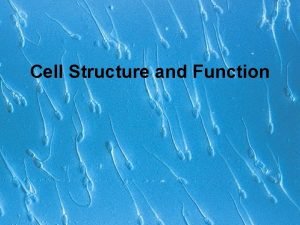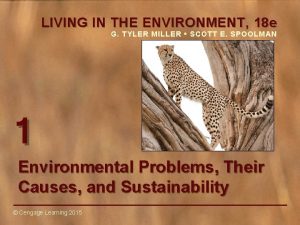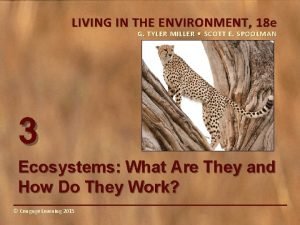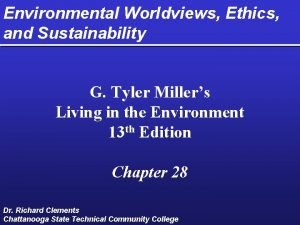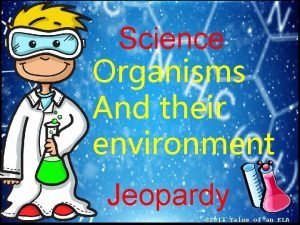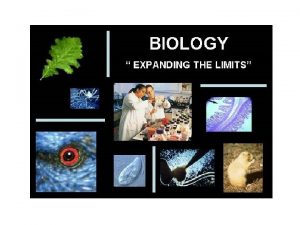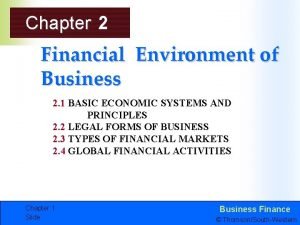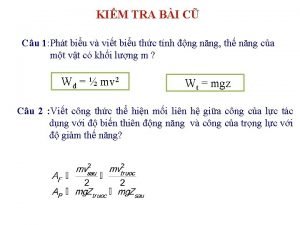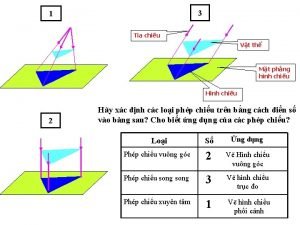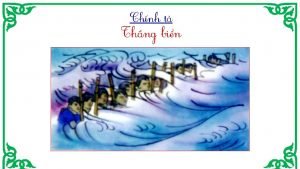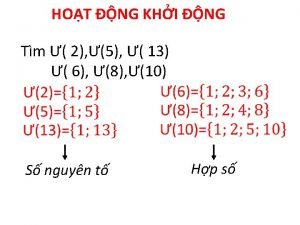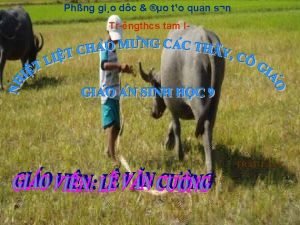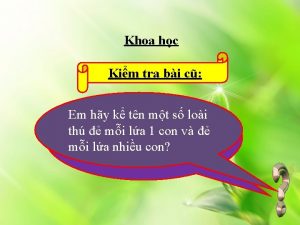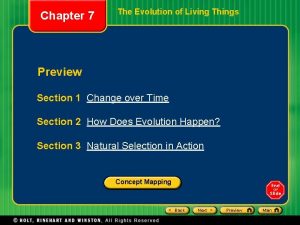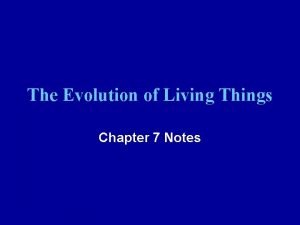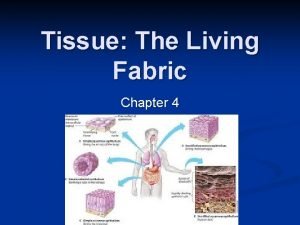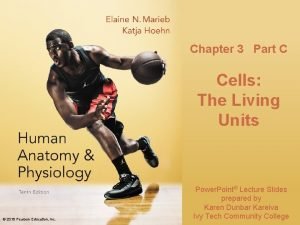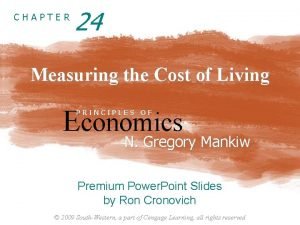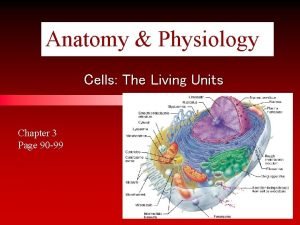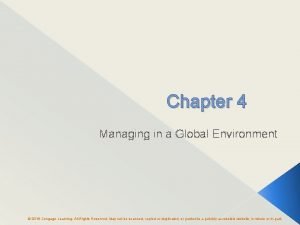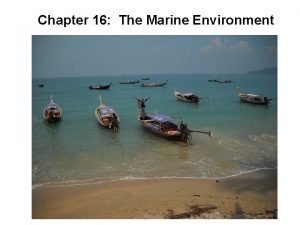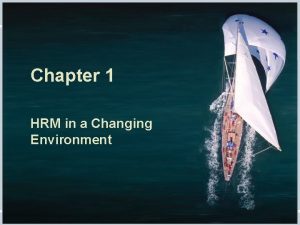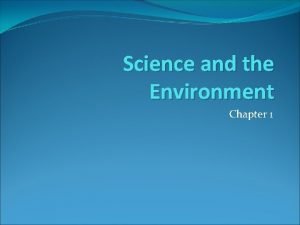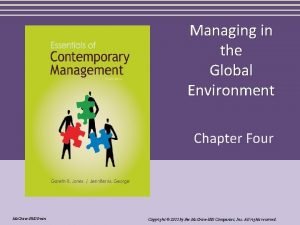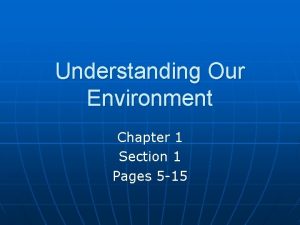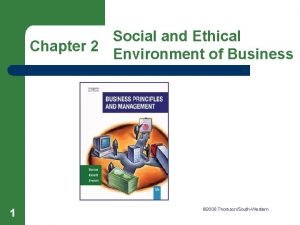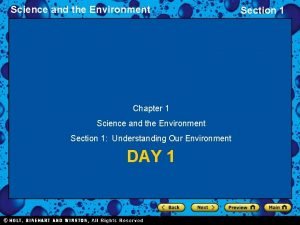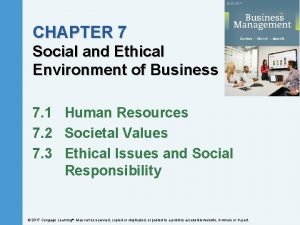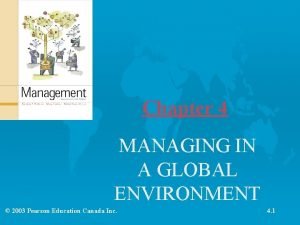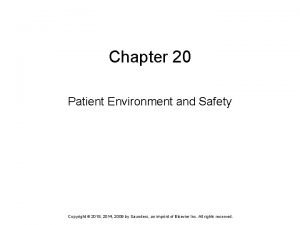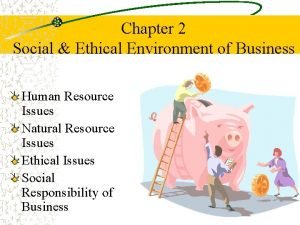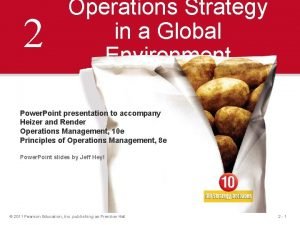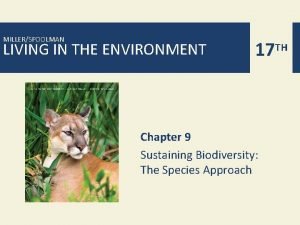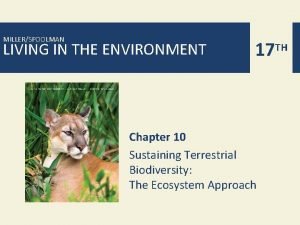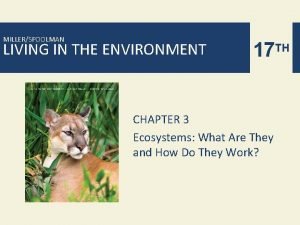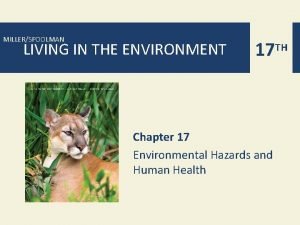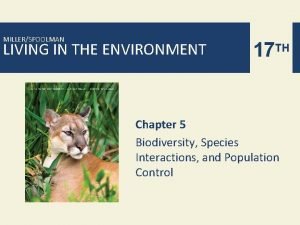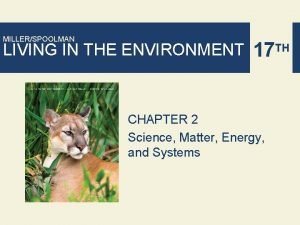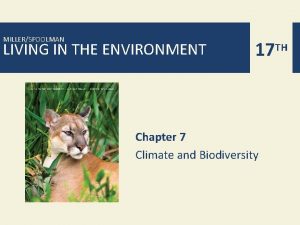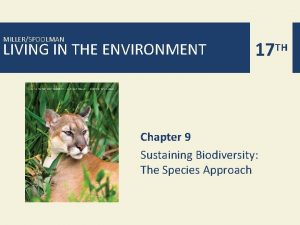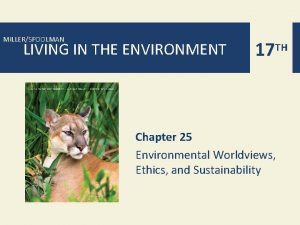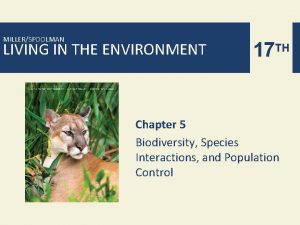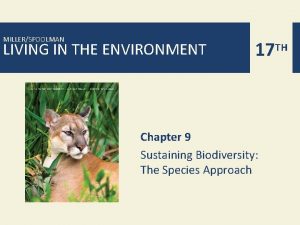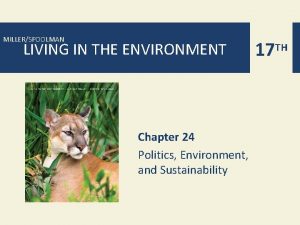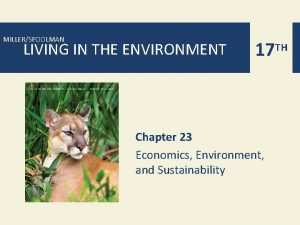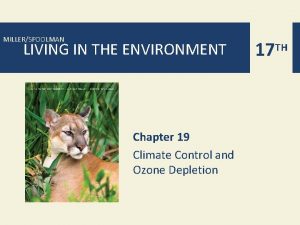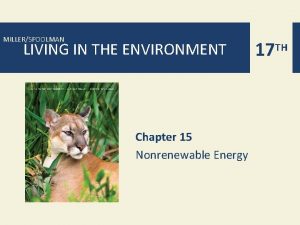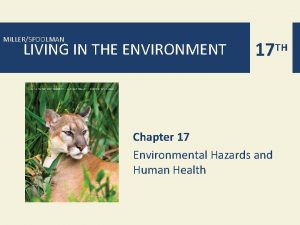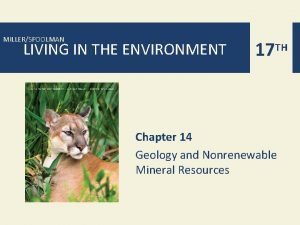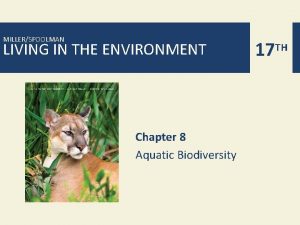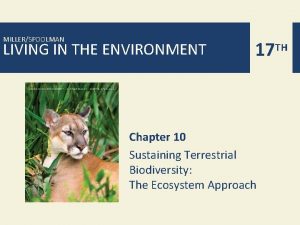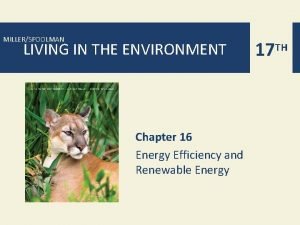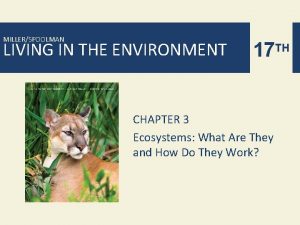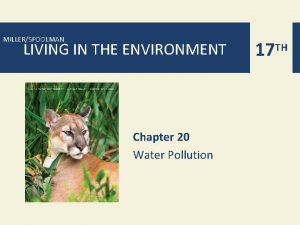MILLERSPOOLMAN LIVING IN THE ENVIRONMENT 17 TH CHAPTER


















































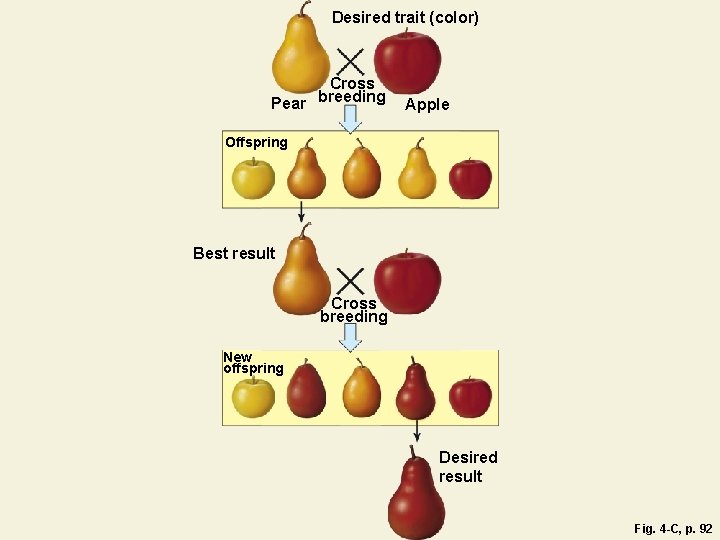
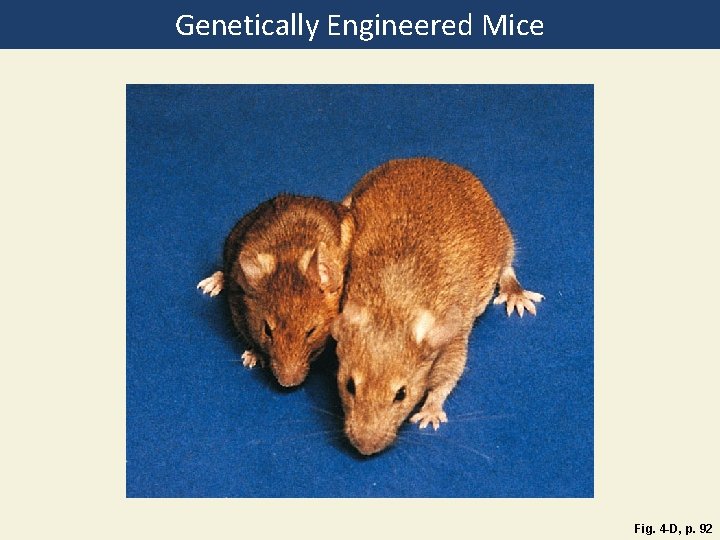

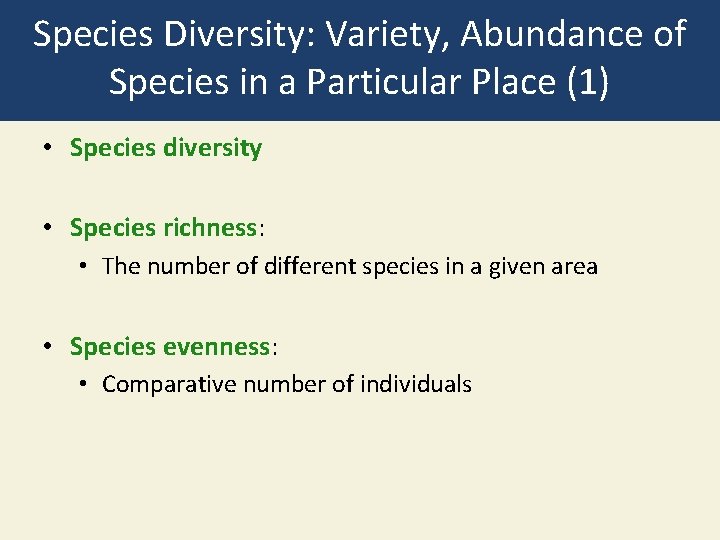
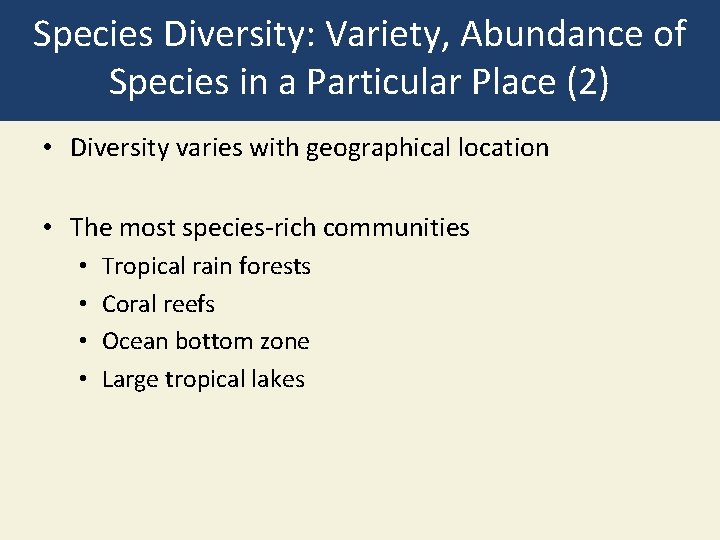
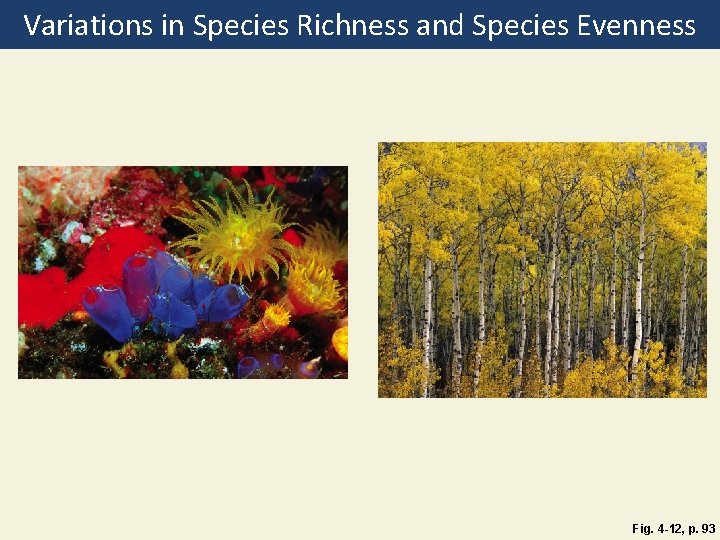
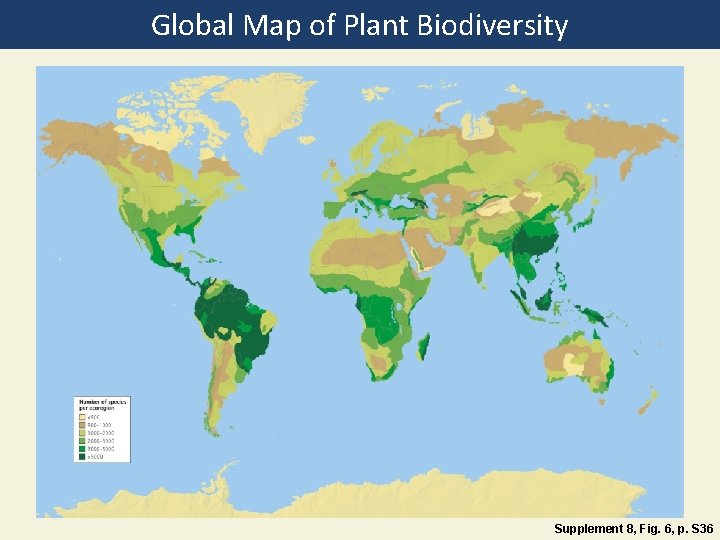

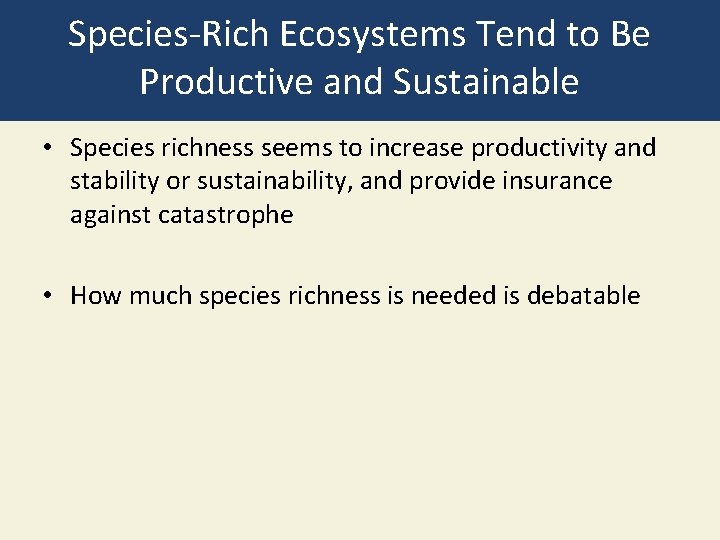
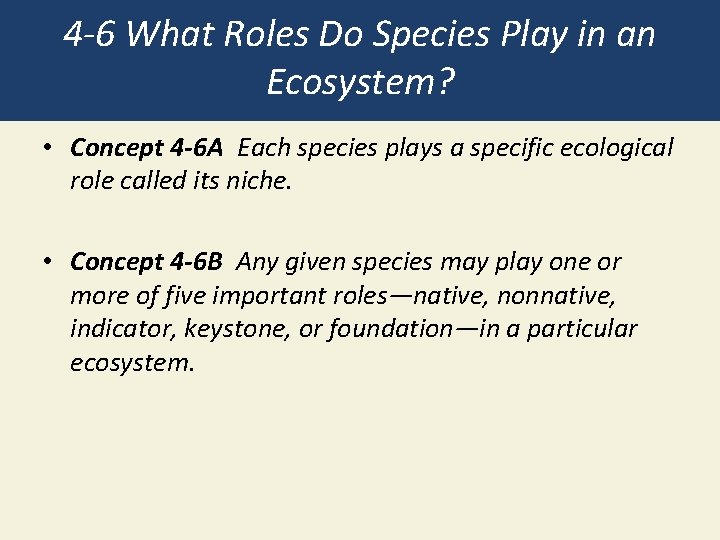
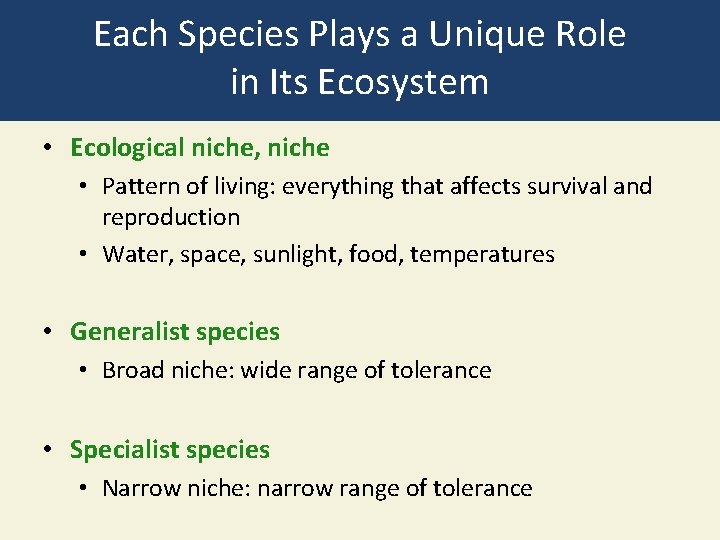
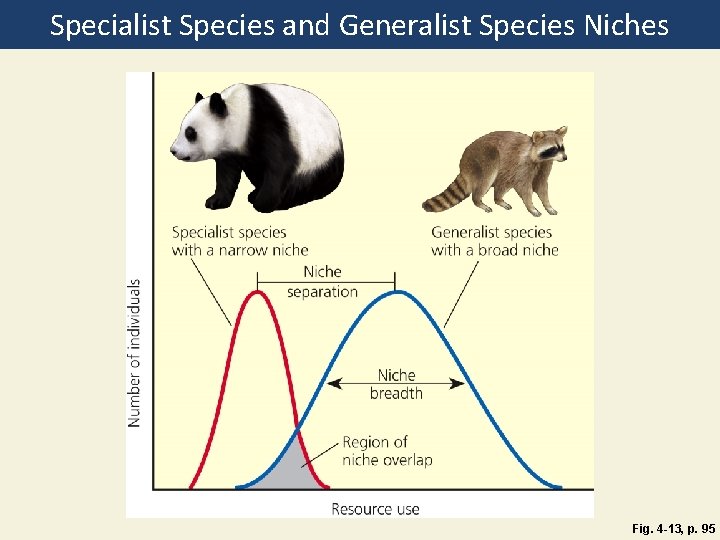

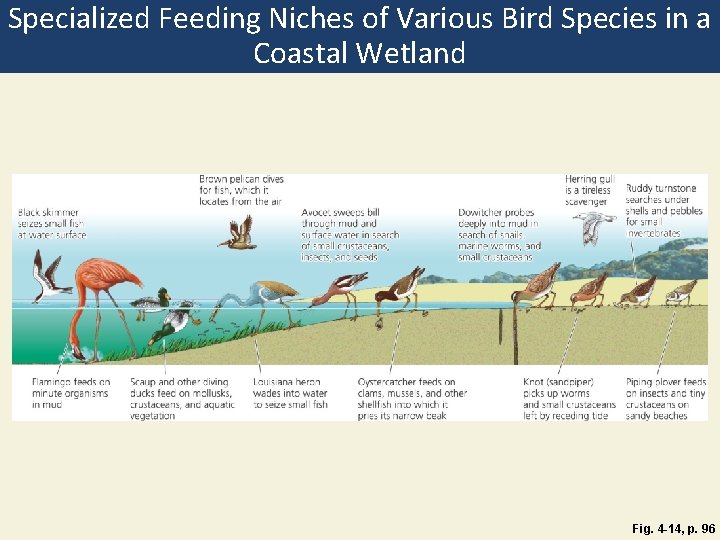
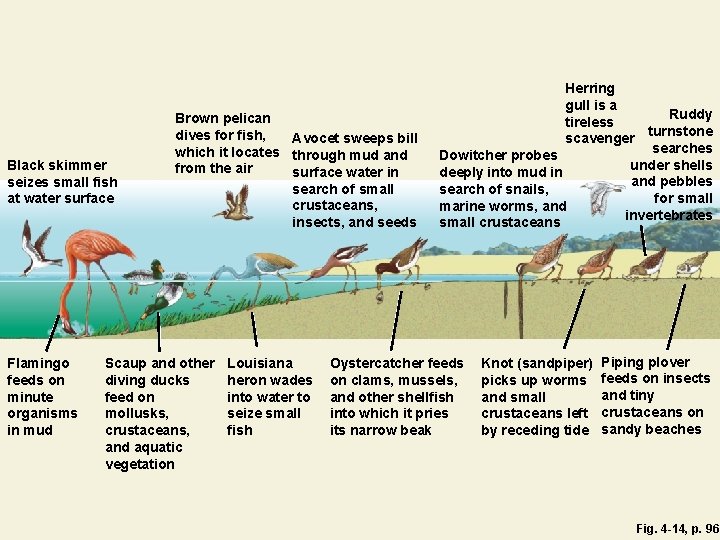
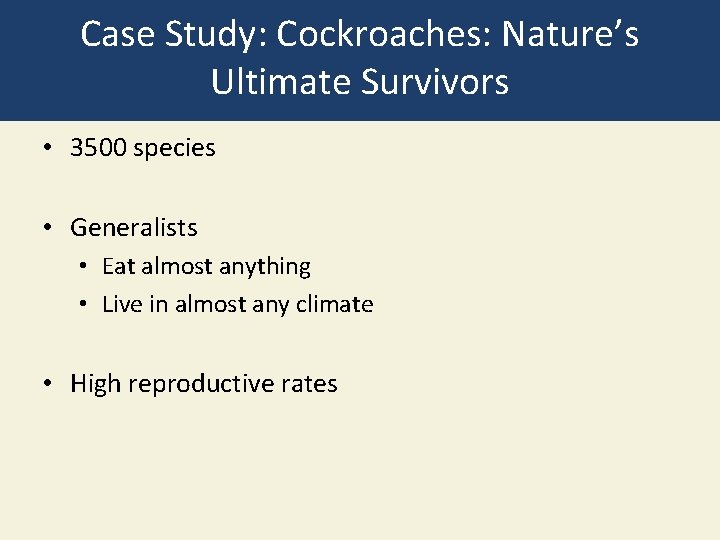
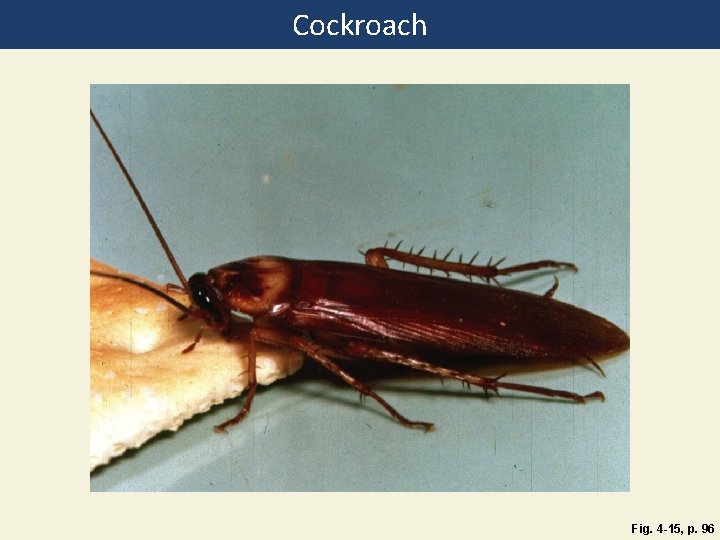


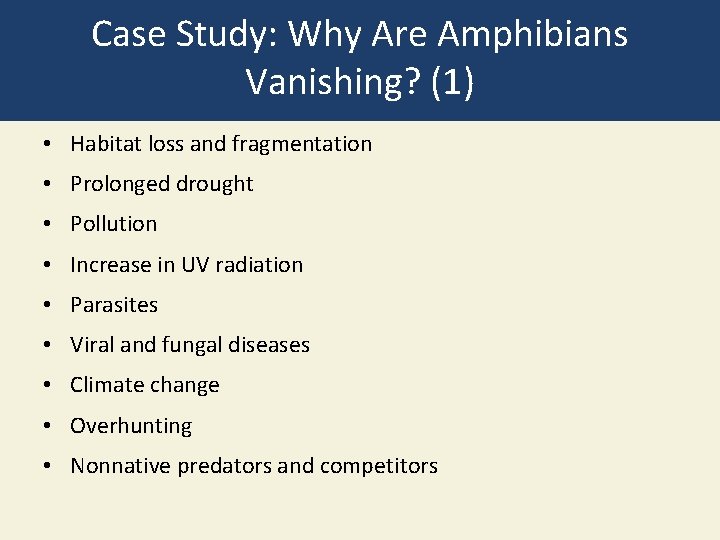
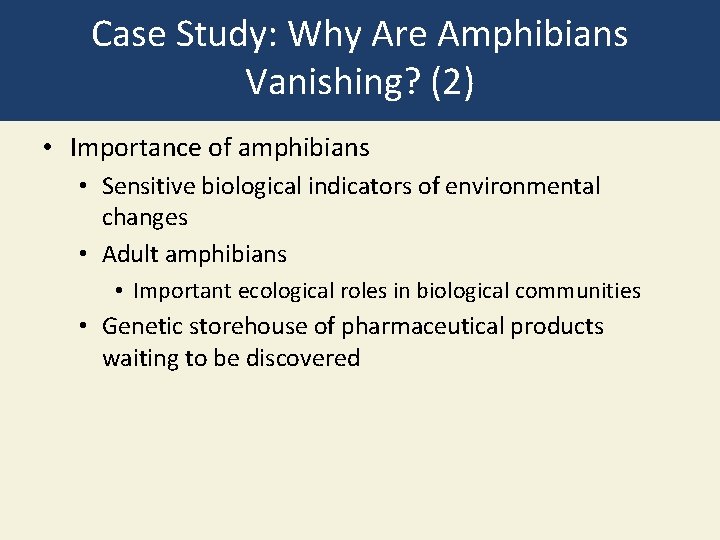

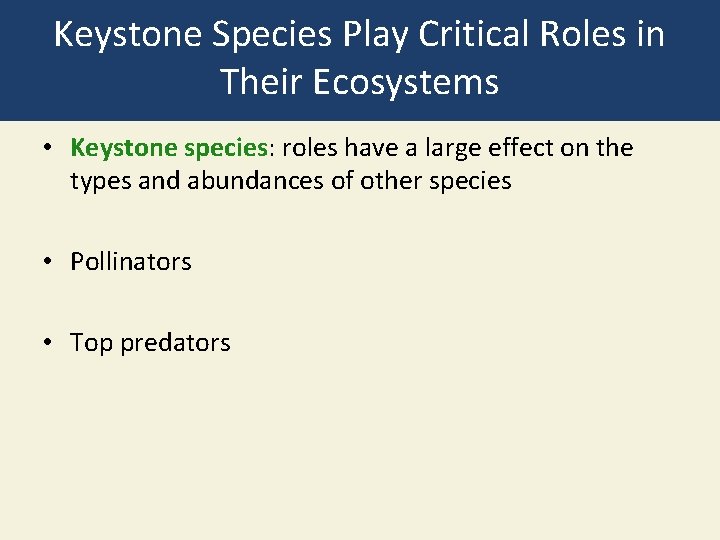
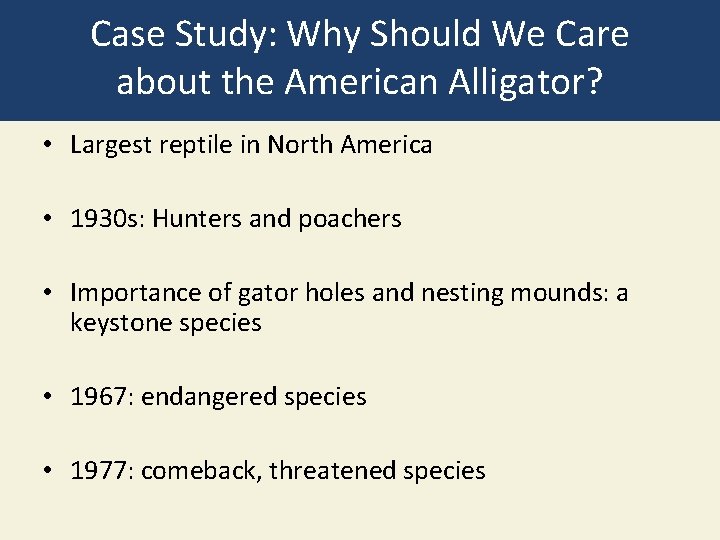

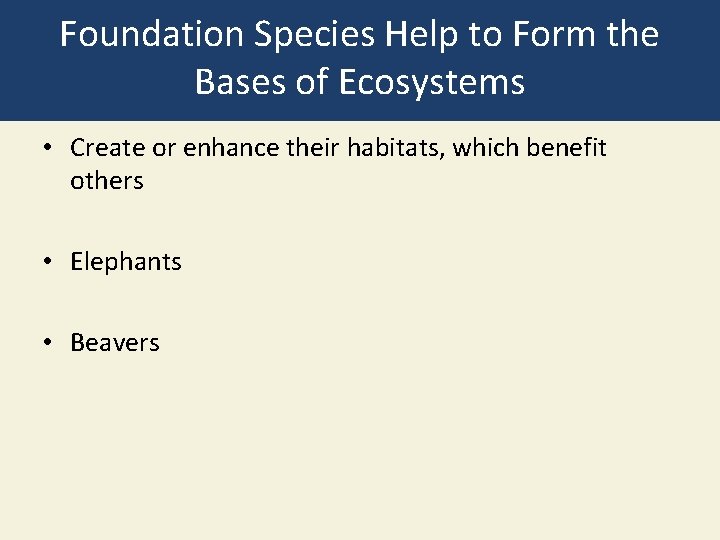
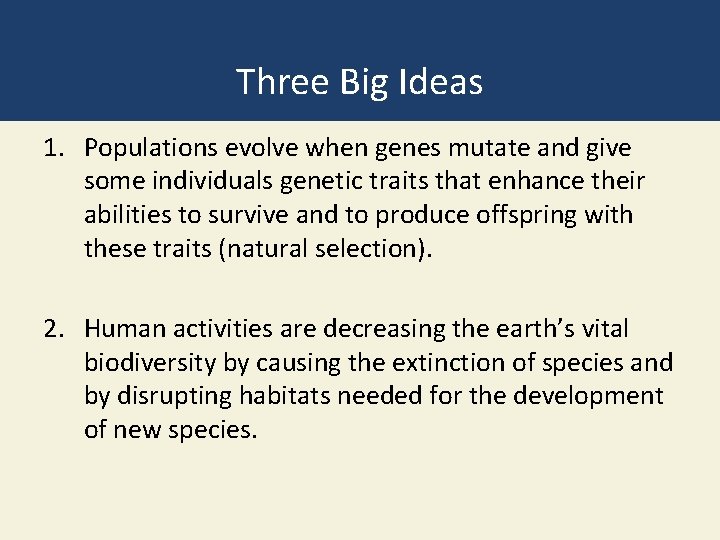
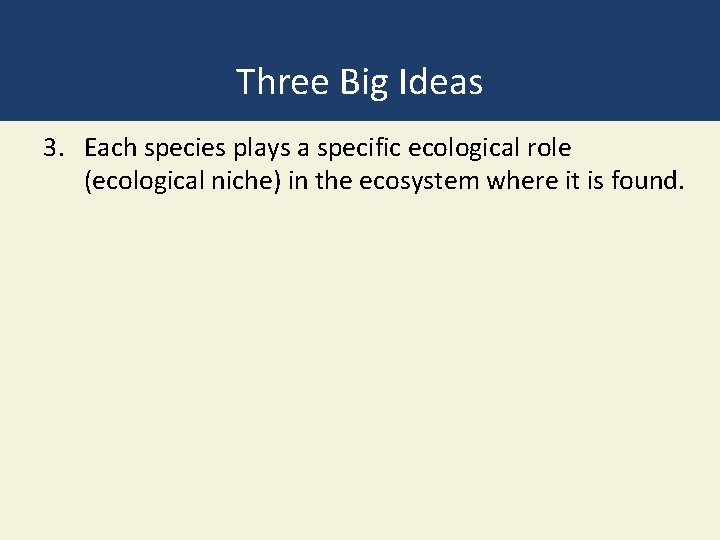
- Slides: 78

MILLER/SPOOLMAN LIVING IN THE ENVIRONMENT 17 TH CHAPTER 4 Biodiversity and Evolution

Core Case Study: Why Should We Protect Sharks? • 400 known species • 6 deaths per year from shark attacks • 79 -97 million sharks killed every year • • Fins Organs, meat, hides Fear 32% shark species threatened with extinction • Keystone species • Cancer resistant, rarely get infections=research!

Threatened Sharks Fig. 4 -1, p. 80

4 -1 What Is Biodiversity and Why Is It Important? • Concept 4 -1 The biodiversity found in genes, species, ecosystems, and ecosystem processes is vital to sustaining life on earth.

4 TYPES OF BIODIVERSITY: • 1. Species diversity • 2. Genetic diversity • 3. Ecosystem diversity • Biomes: regions with distinct climates/species • 4. Functional diversity **Biodiversity is an important part of natural capital & important renewable resource!

Biodiversity Is a Crucial Part of the Earth’s Natural Capital (1) • Species: set of individuals who can mate and produce fertile offspring • 8 million to 100 million species • 1. 9 million identified • Unidentified are mostly in rain forests and oceans

Classifying Homo Sapiens Supplement 5, Fig. 2, p. S 19

Natural Capital: Major Components of the Earth’s Biodiversity Fig. 4 -2, p. 82

Functional Diversity The biological and chemical processes such as energy flow and matter recycling needed for the survival of species, communities, and ecosystems. Heat Chemical nutrients (carbon dioxide, oxygen, nitrogen, minerals) Heat Decomposers (bacteria, fungi) Heat Solar energy Ecological Diversity The variety of terrestrial and aquatic ecosystems found in an area or on the earth. Producers (plants) Consumers (plant eaters, meat eaters) Genetic Diversity The variety of genetic material within a species or a population. Heat Species Diversity The number and abundance of species present in different communities. Fig. 4 -2, p. 82

Two Species: Columbine Lily and Great Egret Fig. 4 -3, p. 82

Genetic Diversity Fig. 4 -4, p. 83

Major Biomes Fig. 4 -5, p. 84

Denver San Francisco Coastal mountain ranges Coastal chaparral and scrub Las Vegas Sierra Nevada St. Louis Great American Desert Coniferous forest Baltimore Rocky Mountains Desert Great Plains Coniferous forest Mississippi Appalachian River Valley Mountains Prairie grassland Deciduous forest Fig. 4 -5, p. 84

Importance of Insects Fig. 4 -A, p. 83

Individuals Matter: Edward O. Wilson: A Champion of Biodiversity • Loved bugs as a kid • Specialized in ants • Widened scope to earth’s biodiversity • Theory of island biogeography = read/research • First to use “biodiversity” in a scientific paper

Science Focus: Have You Thanked the Insects Today? • Bad rep: sting us, bite us, spread disease, eat our food, invade plants • Pollination: lets flowering plants reproduce/pollinate • Free pest control: insects eat other insects • We need insects more than they need us

Edward O. Wilson Fig. 4 -B, p. 85

4 -2 How Does the Earth’s Life Change Over Time? • Concept 4 -2 A The scientific theory of evolution explains how life on earth changes over time through changes in the genes of populations. • Concept 4 -2 B Populations evolve when genes mutate and give some individuals genetic traits that enhance their abilities to survive and to produce offspring with these traits (natural selection).

Biological Evolution by Natural Selection Explains How Life Changes over Time (1) • Fossils • Physical evidence of ancient organisms • Reveal what their external structures looked like • Fossil record: entire body of fossil evidence • Many different types of fossils • Also ice and rocks give evidence of what climate, habitat, etc. was like • Rocks can also give relative age dating as well as absolute dating! • Only have fossils of 1% of all species that lived on earth

Fossilized Skeleton of an Herbivore that Lived during the Cenozoic Era Fig. 4 -6, p. 86

Biological Evolution by Natural Selection Explains How Life Changes over Time (2) • Biological evolution: how earth’s life changes over time through changes in the genetic characteristics of populations • Darwin: Origin of Species • Natural selection: individuals with certain traits are more likely to survive and reproduce under a certain set of environmental conditions

Evolution of Life on Earth Supplement 5, Fig. 2, p. S 18

Evolution by Natural Selection Works through Mutations and Adaptations (1) • Populations evolve by becoming genetically different • Genetic variations • First step in biological evolution • Occurs through mutations in reproductive cells • Mutations: random changes in DNA molecules

Evolution by Natural Selection Works through Mutations and Adaptations (2) • Natural selection: acts on individuals • Second step in biological evolution • Adaptation may lead to differential reproduction • Genetic resistance: ability of one or more members of a population to resist a chemical designed to kill it

Evolution by Natural Selection Fig. 4 -7, p. 87

(a) A group of bacteria, including genetically resistant ones, are exposed to an antibiotic (b) Most of the normal bacteria die (c) The genetically resistant bacteria start multiplying (d) Eventually the resistant strain replaces all or most of the strain affected by the antibiotic Normal bacterium Resistant bacterium Fig. 4 -7, p. 87

A group of bacteria, including genetically resistant ones, are exposed to an antibiotic Normal bacterium Most of the normal bacteria die The genetically resistant bacteria start multiplying Eventually the resistant strain replaces the strain affected by the antibiotic Resistant bacterium Stepped Art Fig. 4 -7, p. 87

Case Study: How Did Humans Become Such a Powerful Species? • Strong opposable thumbs = can text • Walk upright = only have to buy two shoes • Complex brain = we can mess up our own environment & our only Planet--Earth!

Adaptation through Natural Selection Has Limits • Adaptive genetic traits must precede change in the environmental conditions • Reproductive capacity • Species that reproduce rapidly and in large numbers are better able to adapt • Insects • Rodents/Mice

Three Common Myths about Evolution through Natural Selection 1. “Survival of the fittest” is not “survival of the strongest” 2. Organisms do not develop traits out of need or want 3. No grand plan of nature for perfect adaptation

4 -3 How Do Geological Processes and Climate Change Affect Evolution? • Concept 4 -3 Tectonic plate movements, volcanic eruptions, earthquakes, and climate change have shifted wildlife habitats, wiped out large numbers of species, and created opportunities for the evolution of new species.

Geologic Processes Affect Natural Selection • Tectonic plates affect evolution and the location of life on earth • Locations of continents and oceans have shifted • Species physically move, or adapt, or form new species through natural selection • Earthquakes • Volcanic eruptions

Movement of the Earth’s Continents over Millions of Years Fig. 4 -8, p. 89

225 million years ago Fig. 4 -8, p. 89

135 million years ago Fig. 4 -8, p. 89

65 million years ago Fig. 4 -8, p. 89

Present Fig. 4 -8, p. 89

225 million years ago 65 million years ago 135 million years ago Present Stepped Art Fig. 4 -8, p. 89

Climate Change and Catastrophes Affect Natural Selection • Ice ages followed by warming temperatures • Collisions between the earth and large asteroids • New species • Extinctions

Changes in Ice Coverage in the Northern Hemisphere During the last 18, 000 Years Fig. 4 -9, p. 89

18, 000 years before present Northern Hemisphere Ice coverage Modern day (August) Legend Continental ice Sea ice Land above sea level Fig. 4 -9, p. 89

Science Focus: Earth Is Just Right for Life to Thrive • • Temperature range: supports life Orbit size: moderate temperatures Liquid water: necessary for life/moderate temps Rotation speed: sun doesn’t overheat surface Size: gravity keeps atmosphere/good thickness Magnetic field: protection form Xrays/gamma Ozone: protection from UV

4 -4 How Do Speciation, Extinction, and Human Activities Affect Biodiversity? • Concept 4 -4 A As environmental conditions change, the balance between formation of new species and extinction of existing species determines the earth’s biodiversity. • Concept 4 -4 B Human activities can decrease biodiversity by causing the extinction of many species and by destroying or degrading habitats needed for the development of new species.

How Do New Species Evolve? • Speciation: one species splits into two or more species • Geographic isolation: happens first; physical isolation of populations for a long period • Reproductive isolation: mutations and natural selection in geographically isolated populations lead to inability to produce viable offspring when members of two different populations mate

Geographic Isolation Can Lead to Reproductive Isolation Fig. 4 -10, p. 91

Adapted to cold through heavier fur, short ears, short legs, and short nose. White fur matches snow for camouflage. Arctic Fox Northern population Early fox population Different environmental conditions lead to different selective pressures and evolution into two different species. Spreads northward and southward and separates Gray Fox Southern population Adapted to heat through lightweight fur and long ears, legs, and nose, which give off more heat. Fig. 4 -10, p. 91

Extinction is Forever • Threatened/Endangered/etc. SEEWWF • Extinction • Biological extinction • Local extinction • Endemic species • Found only in one area • Particularly vulnerable • Background extinction: typical low rate of extinction • Mass extinction: 3 -5 over 500 million years

Golden Toad of Costa Rica, Extinct Fig. 4 -11, p. 92

Science Focus: Changing the Genetic Traits of Populations • Artificial selection • Use selective breeding/crossbreeding • Genetic engineering, gene splicing • Consider • • Ethics Morals Privacy issues Harmful effects

Artificial Selection Fig. 4 -C, p. 92

Desired trait (color) Cross breeding Pear Apple Offspring Best result Cross breeding New offspring Desired result Fig. 4 -C, p. 92

Genetically Engineered Mice Fig. 4 -D, p. 92

4 -5 What Is Species Diversity and Why Is It Important? • Concept 4 -5 Species diversity is a major component of biodiversity and tends to increase the sustainability of ecosystems.

Species Diversity: Variety, Abundance of Species in a Particular Place (1) • Species diversity • Species richness: • The number of different species in a given area • Species evenness: • Comparative number of individuals

Species Diversity: Variety, Abundance of Species in a Particular Place (2) • Diversity varies with geographical location • The most species-rich communities • • Tropical rain forests Coral reefs Ocean bottom zone Large tropical lakes

Variations in Species Richness and Species Evenness Fig. 4 -12, p. 93

Global Map of Plant Biodiversity Supplement 8, Fig. 6, p. S 36

Science Focus: Species Richness on Islands • Species equilibrium model, theory of island biogeography • Rate of new species immigrating should balance with the rate of species extinction • Island size and distance from the mainland need to be considered • Edward O. Wilson

Species-Rich Ecosystems Tend to Be Productive and Sustainable • Species richness seems to increase productivity and stability or sustainability, and provide insurance against catastrophe • How much species richness is needed is debatable

4 -6 What Roles Do Species Play in an Ecosystem? • Concept 4 -6 A Each species plays a specific ecological role called its niche. • Concept 4 -6 B Any given species may play one or more of five important roles—native, nonnative, indicator, keystone, or foundation—in a particular ecosystem.

Each Species Plays a Unique Role in Its Ecosystem • Ecological niche, niche • Pattern of living: everything that affects survival and reproduction • Water, space, sunlight, food, temperatures • Generalist species • Broad niche: wide range of tolerance • Specialist species • Narrow niche: narrow range of tolerance

Specialist Species and Generalist Species Niches Fig. 4 -13, p. 95

Number of individuals Specialist species with a narrow niche Niche separation Generalist species with a broad niche Niche breadth Region of niche overlap Resource use Fig. 4 -13, p. 95

Specialized Feeding Niches of Various Bird Species in a Coastal Wetland Fig. 4 -14, p. 96

Black skimmer seizes small fish at water surface Flamingo feeds on minute organisms in mud Brown pelican dives for fish, Avocet sweeps bill which it locates through mud and from the air surface water in search of small crustaceans, insects, and seeds Scaup and other diving ducks feed on mollusks, crustaceans, and aquatic vegetation Louisiana heron wades into water to seize small fish Herring gull is a Ruddy tireless turnstone scavenger searches Dowitcher probes under shells deeply into mud in and pebbles search of snails, for small marine worms, and invertebrates small crustaceans Oystercatcher feeds on clams, mussels, and other shellfish into which it pries its narrow beak Knot (sandpiper) picks up worms and small crustaceans left by receding tide Piping plover feeds on insects and tiny crustaceans on sandy beaches Fig. 4 -14, p. 96

Case Study: Cockroaches: Nature’s Ultimate Survivors • 3500 species • Generalists • Eat almost anything • Live in almost any climate • High reproductive rates

Cockroach Fig. 4 -15, p. 96

Species Can Play Five Major Roles within Ecosystems • Native species • Nonnative species • Indicator species • Keystone species • Foundation species • REMEMBER TERMS ENDEMIC & INVASIVE EXOTIC

Indicator Species Serve as Biological Smoke Alarms • Indicator species • Provide early warning of damage to a community • Can monitor environmental quality • • Trout Birds Butterflies Frogs

Case Study: Why Are Amphibians Vanishing? (1) • Habitat loss and fragmentation • Prolonged drought • Pollution • Increase in UV radiation • Parasites • Viral and fungal diseases • Climate change • Overhunting • Nonnative predators and competitors

Case Study: Why Are Amphibians Vanishing? (2) • Importance of amphibians • Sensitive biological indicators of environmental changes • Adult amphibians • Important ecological roles in biological communities • Genetic storehouse of pharmaceutical products waiting to be discovered

Red-Eyed Tree Frog and Poison Dart Frog Fig. 4 -17 a, p. 98

Keystone Species Play Critical Roles in Their Ecosystems • Keystone species: roles have a large effect on the types and abundances of other species • Pollinators • Top predators

Case Study: Why Should We Care about the American Alligator? • Largest reptile in North America • 1930 s: Hunters and poachers • Importance of gator holes and nesting mounds: a keystone species • 1967: endangered species • 1977: comeback, threatened species

American Alligator Fig. 4 -18, p. 99

Foundation Species Help to Form the Bases of Ecosystems • Create or enhance their habitats, which benefit others • Elephants • Beavers

Three Big Ideas 1. Populations evolve when genes mutate and give some individuals genetic traits that enhance their abilities to survive and to produce offspring with these traits (natural selection). 2. Human activities are decreasing the earth’s vital biodiversity by causing the extinction of species and by disrupting habitats needed for the development of new species.

Three Big Ideas 3. Each species plays a specific ecological role (ecological niche) in the ecosystem where it is found.
 Ecosystem living and nonliving things
Ecosystem living and nonliving things Tomato living or nonliving
Tomato living or nonliving Living non living dead
Living non living dead This organelle often ships proteins to the golgi apparatus
This organelle often ships proteins to the golgi apparatus Living in the environment 18th edition
Living in the environment 18th edition Living in the environment 18th edition
Living in the environment 18th edition Environmental wisdom worldview
Environmental wisdom worldview Living environment jeopardy
Living environment jeopardy Living environment review packet
Living environment review packet Is living environment biology
Is living environment biology Financial environment in business environment
Financial environment in business environment Hát kết hợp bộ gõ cơ thể
Hát kết hợp bộ gõ cơ thể Ng-html
Ng-html Bổ thể
Bổ thể Tỉ lệ cơ thể trẻ em
Tỉ lệ cơ thể trẻ em Voi kéo gỗ như thế nào
Voi kéo gỗ như thế nào Thang điểm glasgow
Thang điểm glasgow Chúa yêu trần thế alleluia
Chúa yêu trần thế alleluia Kể tên các môn thể thao
Kể tên các môn thể thao Thế nào là hệ số cao nhất
Thế nào là hệ số cao nhất Các châu lục và đại dương trên thế giới
Các châu lục và đại dương trên thế giới Công thức tiính động năng
Công thức tiính động năng Trời xanh đây là của chúng ta thể thơ
Trời xanh đây là của chúng ta thể thơ Cách giải mật thư tọa độ
Cách giải mật thư tọa độ Làm thế nào để 102-1=99
Làm thế nào để 102-1=99 Phản ứng thế ankan
Phản ứng thế ankan Các châu lục và đại dương trên thế giới
Các châu lục và đại dương trên thế giới Thể thơ truyền thống
Thể thơ truyền thống Quá trình desamine hóa có thể tạo ra
Quá trình desamine hóa có thể tạo ra Một số thể thơ truyền thống
Một số thể thơ truyền thống Cái miệng xinh xinh thế chỉ nói điều hay thôi
Cái miệng xinh xinh thế chỉ nói điều hay thôi Vẽ hình chiếu vuông góc của vật thể sau
Vẽ hình chiếu vuông góc của vật thể sau Thế nào là sự mỏi cơ
Thế nào là sự mỏi cơ đặc điểm cơ thể của người tối cổ
đặc điểm cơ thể của người tối cổ V. c c
V. c c Vẽ hình chiếu đứng bằng cạnh của vật thể
Vẽ hình chiếu đứng bằng cạnh của vật thể Vẽ hình chiếu vuông góc của vật thể sau
Vẽ hình chiếu vuông góc của vật thể sau Thẻ vin
Thẻ vin đại từ thay thế
đại từ thay thế điện thế nghỉ
điện thế nghỉ Tư thế ngồi viết
Tư thế ngồi viết Diễn thế sinh thái là
Diễn thế sinh thái là Dạng đột biến một nhiễm là
Dạng đột biến một nhiễm là So nguyen to
So nguyen to Tư thế ngồi viết
Tư thế ngồi viết Lời thề hippocrates
Lời thề hippocrates Thiếu nhi thế giới liên hoan
Thiếu nhi thế giới liên hoan ưu thế lai là gì
ưu thế lai là gì Sự nuôi và dạy con của hổ
Sự nuôi và dạy con của hổ Sự nuôi và dạy con của hươu
Sự nuôi và dạy con của hươu Hệ hô hấp
Hệ hô hấp Từ ngữ thể hiện lòng nhân hậu
Từ ngữ thể hiện lòng nhân hậu Thế nào là mạng điện lắp đặt kiểu nổi
Thế nào là mạng điện lắp đặt kiểu nổi Chapter 7 the evolution of living things answers
Chapter 7 the evolution of living things answers Chapter 23 living in a world at war
Chapter 23 living in a world at war Chapter 22 living in hard times
Chapter 22 living in hard times Imagine yourself as a living house chapter
Imagine yourself as a living house chapter A person at the midpoint of the health continuum is
A person at the midpoint of the health continuum is Chapter 7 the evolution of living things answers
Chapter 7 the evolution of living things answers Chapter 4 tissue the living fabric
Chapter 4 tissue the living fabric Rough er
Rough er Chapter 3 cells the living units
Chapter 3 cells the living units Measuring the cost of living
Measuring the cost of living Mitosis
Mitosis Managing in a global environment
Managing in a global environment Chapter 16 the marine environment
Chapter 16 the marine environment Chapter 1 hrm in a changing environment
Chapter 1 hrm in a changing environment Chapter 1 science and the environment answer key
Chapter 1 science and the environment answer key Environment vs ecology
Environment vs ecology Managing in a global environment chapter 4
Managing in a global environment chapter 4 Chapter 1 section 1 understanding our environment answers
Chapter 1 section 1 understanding our environment answers Chapter 2 social and ethical environment of business
Chapter 2 social and ethical environment of business Chapter 1 science and the environment section 2
Chapter 1 science and the environment section 2 Chapter 7 social and ethical environment of business
Chapter 7 social and ethical environment of business Managing in a global environment chapter 4
Managing in a global environment chapter 4 Patient environment and safety
Patient environment and safety Chapter 2 social and ethical environment of business
Chapter 2 social and ethical environment of business The investment environment chapter 1 ppt
The investment environment chapter 1 ppt Chapter 2 operations strategy in a global environment
Chapter 2 operations strategy in a global environment



